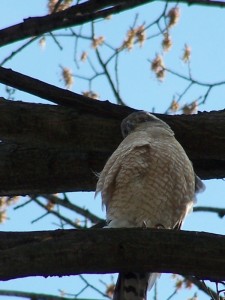It’s after Labor Day and it really feels like the end of summer here in Chicago — without it ever having felt like a real Chicago summer at all. Here’s what I mean: When I moved here from the Bay Area over ten years ago, it was August. The days were cook-an-egg-on-the-pavement hot, steaming, sticky and, to a newcomer, uncomfortable. It was like living inside hell’s oven and unrelenting. We were told that’s what summer is like here. But living inside of a Chicago summer is also about getting used to the sweat, the languor, the piercing buzz of the cicadas who announce Yes, the long days are finally here. Grab you some Sunshine!
Summer in Chicago is also a jazz riff, a pulse of throbbing beats, bodies crushed out onto the street block parties, in festivals, at parks, chowing down on smokey barbecue (or veggie skewers), hitting the Lake, scouting the dunes and just getting out there into thronging life. ‘Cause winter’s brutal. And when the Sun comes to stay, you party.
But this summer’s been markedly different. Cool. And I don’t mean in a hip lounge, sipping-absinthe-at-the-Violet-Hour kind of way. I mean cool. Cold. Chilly. The kind of chilly that’s like San Francisco in the summer. As in,”The coldest winter is a summer I spent in San Francisco.” (<– This, btw, was not said by Mark Twain.) It’s been cool enough that neighbors and friends and all sorts of folks in my community have asked off and on all summer, “Is it global warming?” Except, of course, that sounds lame, right? We don’t have a good catch-all for what’s happening because all these changes in weather patterns will be different in different parts of the world – cold in some, hot in others, drying, melting, rising…CHANGING. We’re a planet in transition, grappling for how to talk about it. The beautiful jazz rhythm of our Chicago summer is losing its beat. (Can the plants keep up? And the animals that depend on them? And we, the two-legged in our four-wheel-drives?)
Okay, not to be a summer bummer or anything. But you gotta wonder right? We Chicagaoans (and, yes, I’ve lived here long enough to count myself among the locals) love to talk about our weather. We practically own weather — the extreme balminess of summer, the frigid winters, the don’t-blink-or-you’ll-miss-it falls, and the tender, dewy springs. Weather bonds us. Why else would we be so neighborly?
So this summer, I’m wondering. Was it summer for you? Was it Global Changing? Did your skin feel the summer the same way it always did?
– MGB

